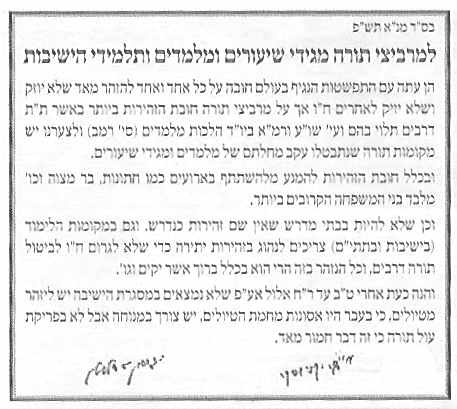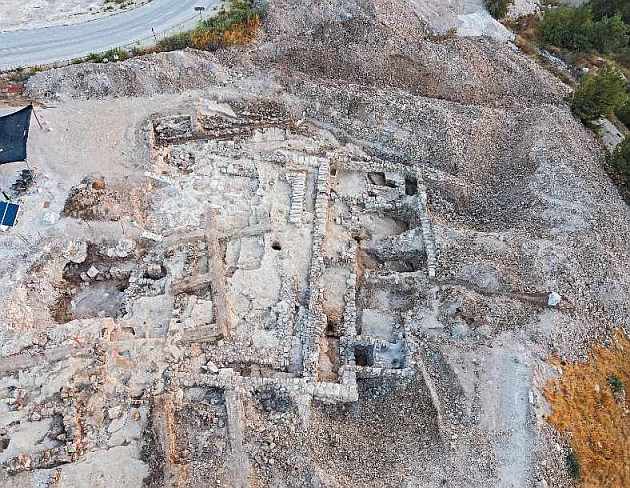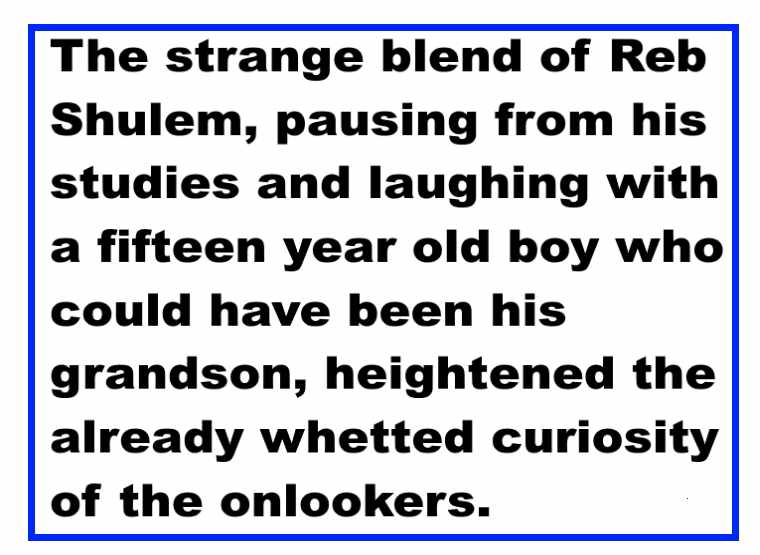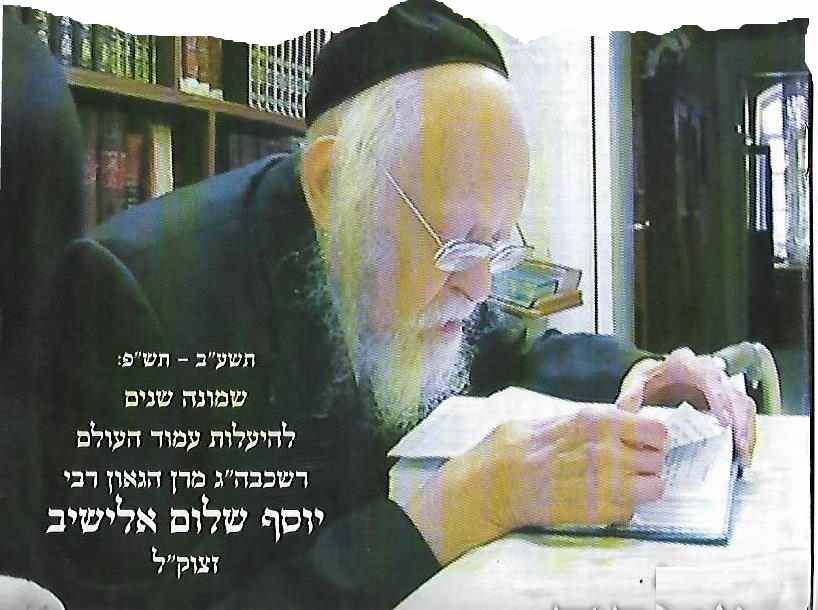  |
|
| |||||
This Google Custom Search looks only in this website. Guidance Issued by HaRav Chaim Kanievsky shlita and HaRav Gerson Edelstein shlita
Seeing the proliferation of the epidemic in the entire world, it is the duty of each one of us to be exceptionally vigilant that he not be harmed nor that he harm others. Torah disseminators must be all the more careful since Torah study is dependent upon them (see Shulchon Aruch and Rema Yoreh Dei'a, laws of Melamdim 242). To our regret, there are centers of Torah study which had to close down because their teachers contracted the virus. ...
A large public tax collection and storage complex from the First Beis Hamikdash Period was found and is now being excavated near the new United States Embassy in Jerusalem. The main is unusual for its size and architectural style, said Israel Antiquities Authority archaeologist Neri Sapir, who co-directed the excavation. The story was reported by the Israeli Antiquities Authority and in the Times of Israel and on the Hebrew Kipah website and elsewhere.
This story was originally published in the print edition of Yated Ne'eman that was put out in Israel around 24 years ago. It is one of the classic Chaim Walder stories, with a gripping, smooth flowing plot, and also important lessons to teach.
There are many lessons to be learned from this story. For those who know a "Reb Eliahu" or a "Shimon" the lessons will be obvious, though not necessarily easily learned. However for everyone, and perhaps the most important lesson, is about the importance of siyata deShmaya in any small success that we may achieve.
28 Tammuz was the eighth yahrtzeit of Maran HaRav Yosef Sholom Eliashiv zt"l
From Our Archives
To be Great -- Review!
by HaRav Avrohom Tzvi Margalit
At the beginning of the bein hazmanim, when everyone has more flexibility to make his own schedule and to determine what he will learn, these words are particularly worth considering well.
"To be great," said Maran Eliezer Menachem Man Shach, zt'l, "means knowing one maseches thoroughly. Someone who knows two masechtos thoroughly is very great." That is what the Rosh Yeshiva told an avreich who had come to seek guidance and advice on Torah study.
Those who doubt whether knowing one maseches backwards and forwards is enough to earn the title of godol should keep in mind that of most masechtos, it can be said that someone who masters the gemora with Rashi, Tosafos, Rishonim and Acharonim has mastered more than half the Shas. In the case of some masechtos, he has mastered the majority of Shas.
Mastering a maseches means toiling over it dozens of times -- some say hundreds of times -- and each time on a higher madreigo of kedushoh and with greater ability to retain the material.
The aspiration of each and every one of us is to establish a kinyon in the holy Torah, a real kinyon so that the Torah becomes part of his flesh and blood, a kinyon that will allow him to fulfill the mitzvah of veshinantom by knowing divrei Torah fluently so one does not have to stutter when asked a question and can reply right away. "Call chochmoh your sister," says the gemora (Kiddushin 30b), which according to Rashi means divrei Torah should issue clearly from your mouth. "Review them and examine them in depth so that if someone asks, you will not have to stutter but will be able to reply immediately." Rashi's explanation shows superficial knowledge is insufficient. One who lacks depth of understanding stutters out divrei Torah.
Our Torah is as vast as the sea. The Chazon Ish, citing the Rambam, said the human species does not have the capacity to know the entire Shas. Therefore, when we endeavor to acquire Torah through a kinyon we must inspect the merchandise carefully.
Signs from Heaven
by HaRav Avrohom Yitzchok Bloch, zt'l, Hy'd
Overt antisemitism is on the increase throughout the world. National hatred is turning into religious zeal and even the Arab internecine struggle is now being rerouted to hatred of Jews.
How must a Jew relate to these events?
This essay by Hakodosh HaRav Avrohom Yitzchok Bloch zt'l Hy'd, av beis din, rosh mesivta of Telz, was reprinted in the new work, Shiurei Daas. The words that were said in 5699 (1939), at the outbreak of World War II, and which appeared in the Warsaw's Der Yiddishe Tagblatt, are still as relevant as ever.
*
Many are the signs being sent to us as road signals to indicate the correct way to the wayward. Some are revealed or obvious to us through general rules, while others are disclosed to us specially, through private channels. Let us inspect some of these and attempt, at least in some measure, to illuminate and explain their significance for us.
Before our eyes we can see: 1) a chain of events that appear to be extraordinary, 2) a manifestation of Divine Providence through "measure for measure," and 3) a seeming obscuring of Divine vigilance over us, which is manifested as merciful Providence through harsh decrees. Let us now clarify these things:
1) Supernatural Events...
|
|||||



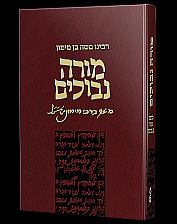
.jpg)
